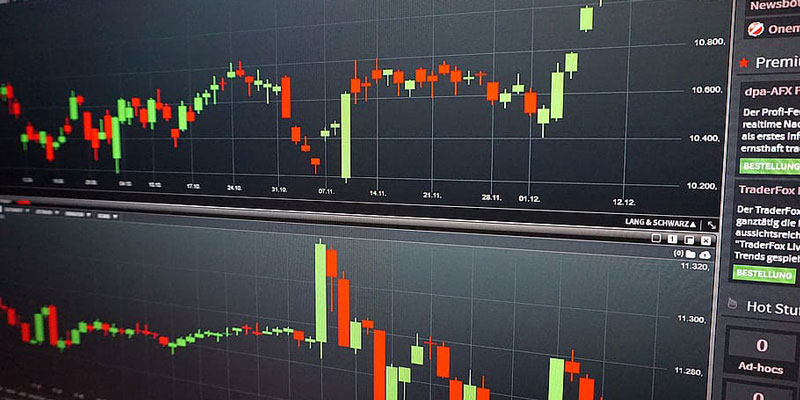
Trading may be halted for several reasons, including the anticipation of an upcoming news announcement, the correction of an order imbalance, the discovery of a technical glitch, the existence of regulatory concerns, or because the price of a security or index has moved quickly enough to trigger a halt following the rules of the exchange. Open orders may be canceled, and options may still be executed, even while a trading stop is in force.
A trade stop should not be confused with a trading suspension mandated by the Securities and Exchange Commission (SEC). To safeguard the financial interests of shareholders and the general public, the Securities and Exchange Commission (SEC) has the authority to temporarily halt public trading in any stock for up to ten business days.
How a Trading Halt Works?
There are two types of reasons for halting trading: regulatory and non-regulatory. Suppose the Food and Drug Administration of the United States decides on a new drug application, for example. In that case, a regulatory halt may be implemented to give market participants more time to evaluate the significance of the news. These halts are applied when there is reasonable doubt that the security continues to meet the listing standards.
A trading stop assures that a large number of people will have access to news likely to influence the price of an asset and prevents those who get the news first from benefitting from others who get it later. Other major occurrences, such as business acquisitions and restructurings, decisions on regulatory or legal matters, or management changes, may also be grounds for a trading halt imposed by regulatory authorities. Suppose there is a significant imbalance between buying and sell orders on the New York Stock Exchange (NYSE) but not on the Nasdaq. In that case, a non-regulatory trading stop may be implemented to rebalance the market.
The Advantages of Trading Halt
Anxiety is something that shareholders of a stock suspended completely expect to feel.The following are some of the benefits that come with temporarily suspending trading:
- Ensuring that all market players are kept up to date with any news
- removing prospects for arbitrage and probable instances of illicit conduct
- Providing the chance for other markets to get the information and put a stop to the trade of that stock on their respective exchanges

Purchase Orders and Sell Orders
When releasing sensitive information to the public, businesses will often wait until the market has closed before doing so. This gives investors sufficient time to assess the information and judge whether or not it is relevant. On the other hand, this strategy might result in a significant imbalance between the number of orders to purchase and the number of orders to sell the moments before the market opens. In such a situation, an exchange can decide to postpone or even cease trading altogether just when the market opens for business. These holdups don't often last more than a few minutes while the equilibrium between purchase orders and sell orders is re-established.
In addition, a federal securities statute in the United States gives the Securities and Exchange Commission (SEC) the authority to halt trading in any publicly listed stock for up to ten days if necessary. The SEC will use this authority if it believes that continuing stock trading puts the investing public in danger. In most cases, it will use this authority when a publicly listed firm has failed to produce periodic reports, such as quarterly or yearly financial statements.

Circuit Breaker Trading Halts
Securities exchanges in the United States have procedures that allow them to suspend trading across the whole market when there is a significant risk to market liquidity caused by falling prices. If the S&'P 500 index experiences cumulative losses of 7 percent or 13 percent from the level at which it had closed the previous trading day by 3:25 p.m. Eastern Time, the trade will be halted for 15 minutes across the entire market. The stock market is halted for the balance of the trading day regardless of when the event occurs if the S&'P 500 index experiences a loss of 20 percent from the previous day's closing price.
According to the regulations that govern trading in the United States, circuit breakers may also apply to the purchase and sale of any stock. As for certain exchange-traded products like ETFs when there is a sudden move of more than 5 percent lasting more than 15 seconds. Other equities with prices over $3 must have a sudden price change of 10 percent for trading to be paused, while stocks between $0.75 and $3 must experience a sudden price move of 20 percent or more for trading to be halted.



